In this post, travel bloggers write about their favourite edible souvenirs from India and why they picked them, and where you can pick some too on your next trip to India.
Last August in Ipoh, we discovered kaya, a coconut jam integral to Malay breakfasts, and couldn’t bear to not carry a bottle home. Same with the pork pickles we nibbled at in the mountains of Meghalaya and the rhododendron wine we sipped in Sikkim. No matter where we travel, we want to bring home with us a taste of the land, something that reminds us of the great meals we had, the new ingredients we tried and fell in love with. And since cookbooks are another of our must-buy souvenirs, these ingredients help us cook dishes that we had on our travels.
India is a diverse nation and that diversity is best reflected in its food. Spices and spice blends differ from region to region; in Goa, you can pick up a box of teppal. In West Bengal, you can buy some radhuni. Then there’s the famous saffron from Kashmir’s Pampore and the black cardamoms that grow on farms in Sikkim. You can, with travel restrictions in mind, shop for local brews. Then there are pickles, and an endless variety of them, sold in shops all around the country. And, of course, sweets and snacks from the great Indian pantry!
If you travel to eat, these are some of the best souvenirs from India. Bonus: they are all edible!
Illustrations by Shamik Das @shamik.das.

Spices and Spice Blends
Come to India and not pick up some spices? No list of souvenirs from India is complete without spices. It was the peppers and cardamoms, the cinnamon and nutmeg that lured European traders who ended up colonizing India, Sri Lanka, the Straits, and the Indonesian islands for centuries and left them scarred and to this day, they come to this part of the world for a taste of authentic Indian food. Spices, like most things in India, vary from region to region. While turmeric, chilli peppers, cumin, coriander, fenugreek, fennel, and the like grow around the country, every region has its unique spices and spice blends that make for excellent souvenirs. In Goa, stock up on teppal (sichuan peppercorns); in Bengal, buy radhuni (celery seeds) and panch phoron (a blend of whole spices that give Bengali food its unique taste); from Sikkim, you can buy black cardamoms that are hardly used in Sikkimese cuisine but are cultivated widely in the state; and from Kashmir, you can buy the spice extraordinaire: saffron. You can also buy disks of the special Kashmiri vaeri masala in Kashmir and Jammu; these sun-dried spice disks add a glorious flavour to curries.
But there’s more! In the last few years, Indian markets have been flooded with ready-made spice mixes to make your Indian food nights less of a hassle. As Wendy Werneth of the Nomadic Vegan says, “My most recent trip to India was on a vegan tour of Bangalore and other destinations in southern India. The tour organizers gave each of us a set of spice blends as a welcoming present. I was able to bring them back home without any problem, and my husband and I have really enjoyed cooking with them ever since. The three spice blends included in the set are rose petal garam masala, mirch ka salan, and Kashmiri rogan josh. Our favourite of the three is the Kashmiri rogan josh. Even though rogan josh is a meat dish, since we are vegan we use the spice blend to make plant-based curries with ingredients like chickpeas and eggplant, and they turn out great! In Portugal where we live, spices are quite mild, so it’s great to have authentic Indian spices with strong flavours to cook with.”

Bhut Jolokia
Chilli peppers are integral to Indian gastronomy but not many know about the bhut jolokia, a chilli pepper grown in Northeast India, that is rated at more than 1 million Scoville Heat Units. Debjani of the Vagabong writes, “Bhut means ghost and the bhut jolokia, also known as Naga Jolokia, Bhut Jolokia, Bih Jolokia, Nagahari, Raja Mircha, Raja chilli, Borbih Jolokia, or Ghost Chili, is so-called because the heat kind of sneaks up like a ghost! Bhut jolokia is delicate and is harvested at the first sign of ripening. Cultivated mostly in Assam, Arunachal Pradesh, and Nagaland, the bhut jholokia is a common ingredient in north-east India and in certain parts of Bangladesh, it has also been used as a homeopathic remedy for stomach pain, a way to beat the summer heat. But having said that, excess amounts of the same can cause serious harm as well. It is extremely important to wear gloves while handling raw and dried bhut jolokias.
Fiery, indigenous chillies are one of the most unique souvenirs from India. However, check with customs if you are travelling abroad as most countries prohibit entry of plant matter. If travelling within India, check with the airlines for permissible carrying limits. Bhut jholokia sauces and pickles are available to buy, too, and those might be preferable to carrying fresh chillies.”
Tea and Chai Spices
Indians love their tea! In every corner of this great country, there’s a chaiwalla waiting to treat you to sweet, milky, mud-brown chai. In Kolkata, where I grew up, tea stalls were places where we gathered for adda and bhanrs (small, round clay pots) brimming with hot, milky cha but at home, my father never had anything other than loose leaf black tea sourced from the rolling plantations of Darjeeling. He would brew his tea for exactly seven minutes, strain it in a tall glass, not a teacup, and sip while reading the newspaper. Full-bodied and red, it looked like an otherworldly elixir! In India, tea grows in Bengal and Assam in the east, and in the Nilgiris. You can tour the plantations, visit tea factories, buy and drink a lot of tea which is brewed, in most parts of India, with milk and spices. Chaiwallas have their own recipes for the spice mix but it almost always includes cardamom, cinnamon, cloves, and ginger. Besides masala chai, you can also try lemon tea and the Kashmiri kahwa. At places like Darjeeling’s Nathmulls and Kolkata’s Whistling Kettle, you can sample and buy some of the best blends.
A lot of Indian tea is exported, too, so you can find a tin no matter where you live but you can’t find the warm, spicy whiff of the chai you had at a roadside dhaba in India. Enter packaged tea spices that you can buy everywhere in India (or, if you are lucky, learn to make the spice mix from your hosts). They really make some of the best souvenirs from India! Ellis Veen of Backpack Adventures stocked up on chai spices from Jodhpur to remind her of her mornings in India. She says, “One of my favourite Indian experiences is drinking a warm cup of steaming milky masala chai. It’s so common in India that you start to take it for granted, but once at home, it doesn’t take long before you miss it. The key to brewing a good masala chai at home lies in the quality of the tea and the unique spice mix being used. Both are, luckily, easy to buy everywhere in India and easy to bring home.”
While Darjeeling and Assam teas are popular worldwide, Sikkimese teas are not so much. Jayashree of Doi Bedouin writes, “The whole world of the office-goers and researchers floors on this three-lettered word. Add an organic in front, the same teas are health conscious too. And Sikkim does not only provide a picturesque vale of a stepped tea garden, but also an essentially packed elixir in the finest fettle. Temi tea garden is world known for its organically processed production of tea. Visit in the month of October and November to catch the tea greens and the pink cherry blossoms blooming together. And getting a pack of Temi tea, be it to quell my mother’s spontaneous demands or to soothe myself with memories of Sikkim, was a must for my homecoming!” Also from Sikkim is the wonderfully chewy cheese named chhurpi that is sold in shops around the state. Grab some to snack on!
Coffee
A packet of air-trade coffee makes for a great souvenir from India! Sinjana of Backpack & Explore says, “Filter coffee, also known as kaapi is something you must try when you visit South India. The coffee decoction is prepared using a special filter made of stainless steel, which is a part of the kitchen essentials in any south Indian household. Then hot frothy milk is poured into the decoction mixed with sugar or powdered jaggery. In this part of India, Kaapi is not just a beverage, it’s an emotion. It is believed that long long ago, Baba Budan, an Islamic saint travelled all the way from Mecca to Karnataka with seven coffee beans. He planted these seeds in the Chandrayangiri Hills of what is currently known as the Chikmagalur district of Karnataka. That’s why Chikmagalur is called the land of coffee and there is a hill in honour of the saint called Baba Budangiri. When you visit the hill stations of South India, a trip to local coffee estates is a must. Unlike tea, coffee and spice gardens require slightly less maintenance and are therefore maintained privately by many households. You can buy the original filter coffee from those estates or from special markets owned by the state governments of Karnataka, Kerala, or Tamil Nadu. Don’t forget to buy the filters too!”


More India Posts

Top 5 Places to Stay in Gokarna

The Best Weekend Trips from Bangalore

Best Places to Eat in Gokarna, Karnataka

2 Days in Gokarna, Karnataka: Top Things to Do in Gokarna

Yuksom, Sikkim, Travel Guide

Mayal Paradise Homestay, Rinchenpong, Sikkim
Sweets
Sweets, mishti or mithai, is quintessentially Indian. Every part of India has its own distinct sweet that locals are proud of. So proud that a few years back, a dignified scuffle broke out between the states of West Bengal and Odisha after the former was given a GI tag for its rashogolla (which, we do not recommend you buy and carry because they taste best when fresh) and things went so far that the WTO had to give a GI tag to Odisha’s rasgolla as well and identify it as a culinary speciality distinctive from its Bengali cousin. The gulab jamuns and the jalebis, the motichoor laddoos and halwas…the list endless but there are some specialities that you can get nowhere else except in the regions where they are made.
Baal Mithai
Sandeep and Bedabrata of DelhiFundos write about one such speciality: Uttarakhand’s Baal Mithai. They say, “A trip to the state of Uttarakhand in North India is about the breath of fresh air from Himalaya Mountains, boat ride in lakes at Nainital, trekking at Lansdowne and lots of chilling time. And we are not allowed to return back home without a certain souvenir – Baal Mithai, crudely translated – Child’s Sweet. This sweet is brown in colour and looks like chocolate fudge. It is made of khowa or thickened milk which is roasted further in a huge vessel, cut into cubes and finally coated with sugar balls. It looks like pieces of coated chocolate. The roasting gives the thickened milk a smoky flavour and a sweet chewy texture. Add to that the crunch provided by the sugar globules and it is nothing but heaven on the palate. These are sold by weight in kilogram and have a long shelf-life even without refrigeration. The amazing taste coupled with the ease of carrying makes Bal Mithai a sought-after edible souvenir from India. This can be bought from local sweet shops all over Uttarakhand but the best-tasting variety is available at sweet shops around Almora.”
Panchamirtham
“One of the very authentic delicacies of Tamil Nadu,” says Bhushavali of My Travelogue by Bhushavali, “is Panchamirtham. I wouldn’t even say, it’s of Tamil Nadu, but of Palani, a small temple town in southern Tamil Nadu. Palani is the town where one of the most important temples of Lord Murugan (Karthikeya) is located. Panchamirtham is the prasadham or the holy offering at Palani Murugan temple. Panchamritham literally means pancha (five) + amirtham (delicacy) which includes banana, jaggery, cardamom, ghee, and honey. Sugar and dates are sometimes added for flavour. It is vegetarian but not vegan. This was been awarded a GI tag in 2019, so Palani Panchamirtham can literally, only be bought at the Palani temple’s premises. It stays well for a period of 15 days from the date of packaging. It can be carried on flights internationally in checked baggage.”
Khaja
Jayashree, like most of us who grew up in Kolkata, has a special something for Puri and sticky sweet khaja sold in the alleys of the temple town. She says, “Puri is considered the holy abode of Lord Jagannath and sees a teeming mass of devotees from all over India. However, the visit to Puri remains incomplete if the homecoming is not complemented with a pack full of Khaja. Besides the blessings of the sibling-trio, viz. Jagannath, Subhadra, and Balram, and the sea, Khaja put the last vertex to the triangle of Puri trip. Known for a symphony of sugary layers of thick flour sheets inside, and a crispy-crunchy outside, it is indeed something to knock your taste buds out. So if you somehow want to ditch the clams of the seaside stall, pay a visit to the alleys of Swargadwar. It is here in sweet shops like Kakatua Mistanna Bhandar that the signature sweet of the region is available for Rs. 200/- per kg.”

Kozhikodan Halwa
“The Kozhikodan Halwa,” writes Athul of Our Backpack Tales, “is one of the most popular edible souvenirs from India and you can it find in the southern state of Kerala. It is a sweet dish prepared with wheat flour and is available in a variety of flavours. Some exotic flavours of halwa include chilli, passion fruit, and even chocolate. The proper Kozhikodan halwa can be bought from the Malabar regions of Kerala. The halwa can be considered a great souvenir as it stays fresh for more than four weeks if kept in an airtight container. There are no restrictions on carrying this abroad or bringing it to your country. As many Keralites live overseas, this halwa is one of the favourite desserts carried abroad.”
Peda
Ruma Dey Baidya of the Holiday Story writes about a beloved edible souvenir from India: the famed peda. “It is mainly made of condensed milk and sugar”, says Ruma, “and cardamom, pistachio, and saffron are sometimes added for a more traditional Indian flavour. In Deoghar’s Baidyanath Dham, pedas are offered to Lord Shiva as the main prasad. A box of sweet pedas from Deoghar makes for a tasty souvenir from India. Depending on where you buy them, pedas are either caramel in colour or creamy white. Pedas are semi-soft, have a slight chew, and a longer shelf-life than many other khoya-based sweets. In the fridge, they’ll keep for 5 days to a week. Sold for around INR 180 per kilogram, these little nuggets of milky goodness, that you can happily travel with, have around 82 calories per piece but they are so delicious, you can’t stop at one! Best stocked on that pilgrimage to Deoghar and Mathura!”
Mohanthal
Ketki of Explore with Ecokats recommends Gujarat’s mohanthal. She says, “Whenever my colleagues from out of Gujarat visit Ahmedabad,” says Ketki, “there is always a persistent question: ‘What souvenir can I take back home which speaks of Gujarat?’ Some want to shop for the popular bandhej and some the kutchi thread and mirror work while others want to take back something which could be shared by everyone like something to eat or cook with and since sweets are loved all over the country, I always recommend the mohanthal. Made from besan (chickpea flour), ghee, sugar, and nuts, the mohanthal is a high-calorie mithai (sweet) that is mainly prepared at home during the festivals of Navratri and Diwali but finds its presence throughout the year and even in five-star restaurants. The rich ghee aroma is certain to make anyone fall for it and take it back home from a sweet shop.
Savoury Snacks
Unsurprisingly, Haldiram’s bhujia is one of India’s most famous exports! Any Indian grocery in the US and there it is, the sunshine yellow packet, ready to be pounced on by bhujia-starved Indians but there’s more to Indian snacks than bhujia, or its cousin, the aloo bhujia. First up, the chanachur. There’s not one Bengali living outside Bengal that does not crave chanachur, a medium to super spicy mix of peanuts, dalmoth, bhujia, and various other fried bits and bobs. To buy, go to one of Kolkata’s dedicated chanachur shops like Ujjwala Chanachur. Sample as many as you want before you buy because though every chanachur is equally mouth-watering and i-can’t-stop-eating addictive, they are different and you have to look for the one you enjoy the most.
Ketki also recommends the khakra to those visiting her home state, Gujarat. One of Gujarat’s favourite snacks, the khakra, is a breakfast dish and one that traditionally uses leftover rotis which are roasted to make them hard so as to evaporate the moisture and increase their shelf life. These rotis were called khakhra and used as teatime munching snacks. In the present times, it a favourite go-to snack as it has practically no oil, is traditional and easily available, and healthier than biscuits. Thus, the perfect souvenir from India! While the traditional Khakhra were made from wheat flour, the newer healthier versions feature ragi, pearl millet, jowar, etc. These snacks are now available in over a hundred flavours and you can pick any of your preferred flavours like pani puri, schezwan, Maggi, or even chocolate-flavoured Khakhra.”
Tanayesh of Shoestring Travels writes about yet another much-loved savoury snack: banana chips. He says, “To take back home a slice of India, especially if you travelling in Kerala, buy a packet or two of banana chips. Banana trees are everywhere in Kerala and you can treat yourself to more than a single variety. I think banana chips, locally called as nenthra-kaaya oopperi or upperi, are the mother of all chips in the world and all other chips are just imposters! Unlike your beloved potato chips which lack flavour unless doused in spices, banana chips have a unique texture and a flavour and can be eaten straight out of the wok with no condiments necessary. In Kerala, these sweet, salty, spicy, and crunchy rounds are sold everywhere and they are so good, you can’t stop at one. They are made from both unripe bananas and sweet, ripe ones and fried, usually, in coconut oil, another of Kerala’s agricultural exports. Pack yourself a few packets and thank me later!”
Another excellent edible souvenir from India is tapioca chips. Khushboo of Munni of all Trades says, “Tapioca was first brought to South India from Brazil by Portuguese traders in the 17th Century but it only became popular in the mid-1800s when Kerala was recovering from a famine. Legends say that the King of Travancore Raja Ayilyam Thirunal Rama Varma was convinced by his brother Vishakham Thirunal Rama Varma to make it a part of the staple diet of the state as tapioca can grow in soil with low fertility and does not require too much water or maintenance. The rest they say is history. Today, Tapioca is often served with Meen Curry (fish curry) and I first tried it out during my trip to Kerala: God’s own country. Tapioca chips are a common snack to accompany the evening coffee. These delicious gluten-free chips are lightly seasoned and keep you full for a long time. They have a shelf life of one month and make awesome food souvenirs.”

Biscuits
The English brought biscuits with them and we made it a part of our own food culture. Don’t go for the mass-produced stuff, although I love my Bourbons and Jim-jams and Good Days, but buy from local bakeries that abound in every Indian town. In Pune, you can buy the Shrewsberry biscuits from Kayani Bakery. These buttery biscuits are loved by locals and travellers alike and there’s always a long queue at Kayani for a bag of these. If you are in Kolkata, drop by Nahoums in New Market and buy a packet or two of rose and cardamon cookies. And while you are there, dig into lemon tarts, cheese samosas, chicken puffs, and rum balls.
In Hyderabad, there’s Karachi biscuits, a must-buy for Hyderabadis around the globe. Deeptha of the Globe Trotter says, “Karachi Bakery is one of the most popular bakeries in Hyderabad and one that has been operational for over six decades now. They make a wide range of baked items but it is their biscuits especially the fruit biscuits and the Osmania tea biscuits that are a big craze. Their flagship shop is located in the Moazzamjahi Market in Hyderabad but you will find their outlets in many cities across both Telangana and Andhra Pradesh. They even have outlets in major airports as these melt-in-the-mouth, buttery biscuits make for great edible souvenirs from India.”
Whenever she is in Guwahati, Zinara of Nat n’ Zin never forgets to buy a packet or two of PRAN toast biscuits. She writes, “Last October, we were driving from Jaintia Hills in Meghalaya to Silchar in Assam. Silchar is the biggest town in Barak Valley (near Bangladesh). My friend Sahid knew that I liked my mud-coloured chai with a few creamy biscuits. So along the way, he’d talk about PRAN Toast from Bangladesh. At night, he stops the car and wakes me up for chai in a little town. There, he brings me a packet of biscuits from the hole-in-the-wall. It was my first introduction to PRAN Toast. I dip it in my chai, and the bread-shaped, creamy toast-biscuit tastes phenomenal as I take a bite. The next day, I say goodbye to Sahid, and board a shared sumo jeep from Silchar to Aizawl in Mizoram with two packets of PRAN Toast Sahid gifted me. They were always a delight when I sipped sugary Mizo chai with little milk. And from that day, PRAN Toast became a ritualistic buy every time I visit an India-Bangladesh border area. Last December, my sister returned to Sri Lanka after a month-long road trip in Northeast India. When she flew back, I sent a few packets of PRAN Toast for Nathan, who’s also a big fan of biscuits found in the subcontinent. There was never an issue carrying it from state to state or outside India. All I know is that next time I visit Assam or border areas in Meghalaya, I’d be looking for my favourite toast-biscuit to have with a piping hot cup of chai.”
There are no restrictions on carrying these biscuits on domestic or international flights.
Pickles
Pickles are integral to Indian kitchens and every grandmother has her own unique recipe! Unlike pickles in the West which are mostly soaked in brine, Indians pickle their ingredients in oil, usually pungent mustard oil. Most members of the pickle family are tart, some are sweet and sour, and some are sweet. Ingredients vary from region to region but mango pickles, both sweet and sour, are savoured across the nation. In South India, besides fruit and vegetable pickles, you can find chicken and mutton pickles too. Spicy pickled prawns are a delicacy in Telugu and Malayali kitchens. In the northeast, you can buy pickled pork and bamboo shoots. In north and east India, you can find jars of pickled mango, gooseberry, jujube, ginger, garlic, mixed vegetables, lemons, and tamarind. In Kolkata, near the Dakshineshwar temple, you can find shops selling pickles by weight. But some of India’s best pickles, as Mayuri writes, are made and sold in the temple town of Varanasi.
“For me,” says Mayuri of Fernwehrahee, “pickles are lasting memories from my grandmother whom I used to help in my childhood vacations. In those days, large ceramic jars were filled with pickles and left in sunlight on the terrace. No Indian meal is complete without spicy and mouthwatering pickles. Locally known as achar, jarred pickled are available in grocery stores around the country. Pickles can be made with countless ingredients but on the subcontinent, mango pickles are the most popular. On my last visit to Varanasi, while walking through the iconic ghats and narrow alleys, I came across a small shop named “Sardar Ji Papadwale.” Through the doors and I was in a world of pickled. More than 80 types of pickles in glass jars lined every inch of the store. Plus there were packets of papad too. The Bans ka Murabba (Bamboo Pickle), Stuffed Red Chilli Achar, and Aloo ke Papad (Potato Papad) are the top picks here. Ask for airtight packaging if you intend to carry it. I did not have any issue while carrying it in my check-in bag while flying within India. But if you are flying internationally, please check with customs and declare it in the custom form.”
Bori
To peek into Bengal’s gastronomic cabinet of curiosity, visit a mudikhana, the neighbourhood grocery store where you will find a lot of regional favourites like packets of bori, panch phoron spice mix, kasundi bottles, and small glass jars of taal michhri. About the bori, Anwesha of Going Places with Anwesha writes, “A bori is a spiced or unspiced, sun-dried, black gram lentil paste or red lentil paste dumpling. It is eaten fried as crispy morsels or in curries. It gets its name from the Sanskrit word batika which means small round shapes. Boris go exceptionally well with vegetable, especially in panch mishali, and fish curries. They add a unique flavour to dishes and are used extensively in Bengali households.”
Bori-making is a disappearing art. As a child, I remember watching my grandmother make boris and leave them on a sheet on the sunlit terrace to dry. Regular, button-shaped boris are easy to find in markets but, as Anwesha writes, “the gohona or naksha bori is a fast disappearing village craft. Gohona and naksha means jewellery and motif in Bengali, respectively. The novelty of this craft lies in using the ordinary lentil paste to create intricately patterned boris which are as delicious as they are beautiful. This ingredient is essential to Bengali cooking and gastronomic culture. Artists like Abanindranath Tagore and Nandalal Bose were so fascinated with the gohana bori that they popularized it throughout Bengal and contributed to its design with other unconventional motifs.
If you like cooking different cuisines or simply want to try to make Bengali-style curries at home, a packet of bori is a wonderful souvenir from India. Once the pack is opened, keep the boris in an airtight container in a dry place and they will keep for a year.”

Gur / Jaggery
Another interesting edible souvenir from India is gur, or jaggery. Madhurima of Orange Wayfarer says, “Bengal’s nolen gurer patali is happiness personified in short! This seasonal produce from the hinterlands of rural Bengal is distinct to the region and compliments Bengali sweet tooth with elan. Produced from the date palm sap, nolen gur (jaggery) remits a beautiful aroma in the villages, especially when you undertake the process of “Gur Jwal Dewa”. I had the good fortune of stopping by a small village on the way from Mandarmoni to Kolkata and buying a few packets of gur firsthand from the producer. In addition to being a sweetening agent, nolen gur is known for an inexplicable sweet aroma.
The liquid gur is the first product, golden brown in colour, thick and sweet. When condensed, gur becomes patali. Nolen gur is best eaten with ruti as a quick snack or used in traditional Bengali recipes like Nolen Gurer Payesh and Pitha. In Bengal, you can buy nolen gur from any grocery shop in the winter. For a quick buy, please visit the Biswa Bangla Shop. One of them is present at Dumdum airport in Kolkata. Nolen gur has a decent shelf life and can easily be carried on flights. If you are sceptical about flying with liquid, opt for the triangular-shaped patali. It is hardened jaggery which lasts for longer and sweetens dishes with equal taste.”
Local Brews
These are not easy to fly abroad with but if you are travelling within the country, especially overland, get a bottle or two. Some, like feni, might have stricter regional rules, so check with state customs before carrying it out of state. Allan Wilson of Live Less Ordinary loves a swig of feni. He says, “This potent liquor famously from Goa is made from the fermentation and distillation of cashew apples, involving 3 distillations to create a spirit of around 45% ABV that is quite sweet in taste. Typically feni would be enjoyed neat although, like similar araks/toddys and alcohols in Asia, it does work well with mixers and cocktails. However, as it is alcohol, it is one of the trickier souvenirs to travel with. When flying in and out of the country from Goa you will normally be allowed 2-3 bottles of alcohol carried by a single traveller. But land borders are more complicated and state crossings are tricky where it’s normally one bottle per person with a permit from authorized dealers. At the same time, this, unfortunately, does not guarantee passage.”
In Himachal Pradesh and Sikkim, you can taste and buy a variety of fruit and floral wine, including the pale pink rhododendron wine called Buransh.

Chocolates
Chocolates aren’t the first thing that comes to mind when someone says, “What did you get from India?” but in recent years, a few enterprising chocolatiers are transforming India’s cocoa beans into delectable single-origin chocolate bars. Take, for example, Auroville’s Mason and Co. which trains local women in the art of chocolate making and sell bars in flavours like Crunchy Peanut Butter, Black Sesame and Raisin, Peppermint and Sweet Nibs, Zesty Orange, and more. Beans are sourced from indigenous farmers from South India, where cocoa is grown mostly as an intercrop in Andhra Pradesh, Kerala, Karnataka & Tamil Nadu. KocoaTrait and Naviluna are two other well-known brands. The former sells vegan chocolate bars while the latter is known for unique flavours like mango chilli and gondhoraj lime. Coorg is known for its homemade chocolates made from beans that grow on farms in the Western Ghats. Don’t forget to pick up a box of assorted bites and relish these sweet souvenirs from India!

Dry Fruits
“If you are wondering what to take back from your trip to India, try the most popular edible souvenirs from India: dry (dried) fruits,” writes Soumya of Stories by Soumya. “Dry fruits typically include cashews, almonds, pistachios, raisins, figs, walnuts, prunes, and dates. Most of them are allowed into the USA, UK, and Canada but not into Australia. You might want to check before buying. Traditionally, people of the Indian subcontinent and the Arabian Peninsula have offered dried fruits to their guests on special occasions. Because they are healthy and so easy to carry, they also make for attractive gifts. Exactly why the sale of dry fruits soars during Diwali in India when people love to exchange gifts. You can buy dry fruits from literally any Indian city. Just stop by a supermarket or a mom-and-pop store and you will find assorted varieties packed in attractive boxes. Makes for the perfect gift to carry back home. For friends, family, or yourself.”
Indigenous Rice
If you live outside this country, chances are you know only Basmati as Indian rice but the country’s many microclimates mean there are countless varieties of rice that many, even us who have lived forever in India, don’t know about. Enterprising farmers and conservationists across the country are working to preserve rice varieties that would otherwise disappear. There’s the Gobindobhog from Bengal, the Kolajeera from Odisha, the Mapilai Samba of Tamil Nadu and thousands more. In Koraput in Odisha, ecologist Debal Deb has set up a rice conservation farm, Basudha, which grows 1,420 traditional rice varieties, including some that are no longer found anywhere else in the world. Where to buy? Sourcing straight from farmers. Having a local who is interested in rice grains and agriculture can be of great help!
If you are flying abroad, check with customs about entering your home country with grains as most countries don’t allow you to bring foreign plant matter. If you travelling within India, go ahead!
Dips and Sauces
Regional cuisines in India have their own favourite sauces and dips. And, thankfully, there are available jarred and bottled so you can carry some home to relish. In Bengal, there’s the legendary kasundi, a pungent mustard sauce that we eat with telebhaja and fried greens. One whiff and you’ll fall in love with it! Our brand of choice is Subhra. On Malda station, there’s a store that sells aam kasundi: a finger-licking condiment made with some of the country’s best mangoes. If you are travelling by train, hop off and get a bottle! If you’ve had Kolkata’s chowmein and loved it, head to Pou Chong’s store in Burrabazaar where you can buy a bottle of their delicious green sauce. Green chutney, a spicy chutney made with coriander and mint, is available bottled at supermarkets around the country. It’s a one-of-a-kind sauce that will zing up your cucumber sandwiches and brighten your Buddha bowls.
In the mountains, you can buy freshly-made jam, fruit preserves, and pickles from family-run shops. If you are travelling in Himachal Pradesh, pick up a bottle of Bhuira jam. Made by a company that strives towards women empowerment and works to provide employment in rural Himachal Pradesh, these jams and preserves come in various flavours and are delicious!
Like it? Pin it!
Do you, like us, seek out edible souvenirs from places you visit? Do have some favorite souvenirs from India?
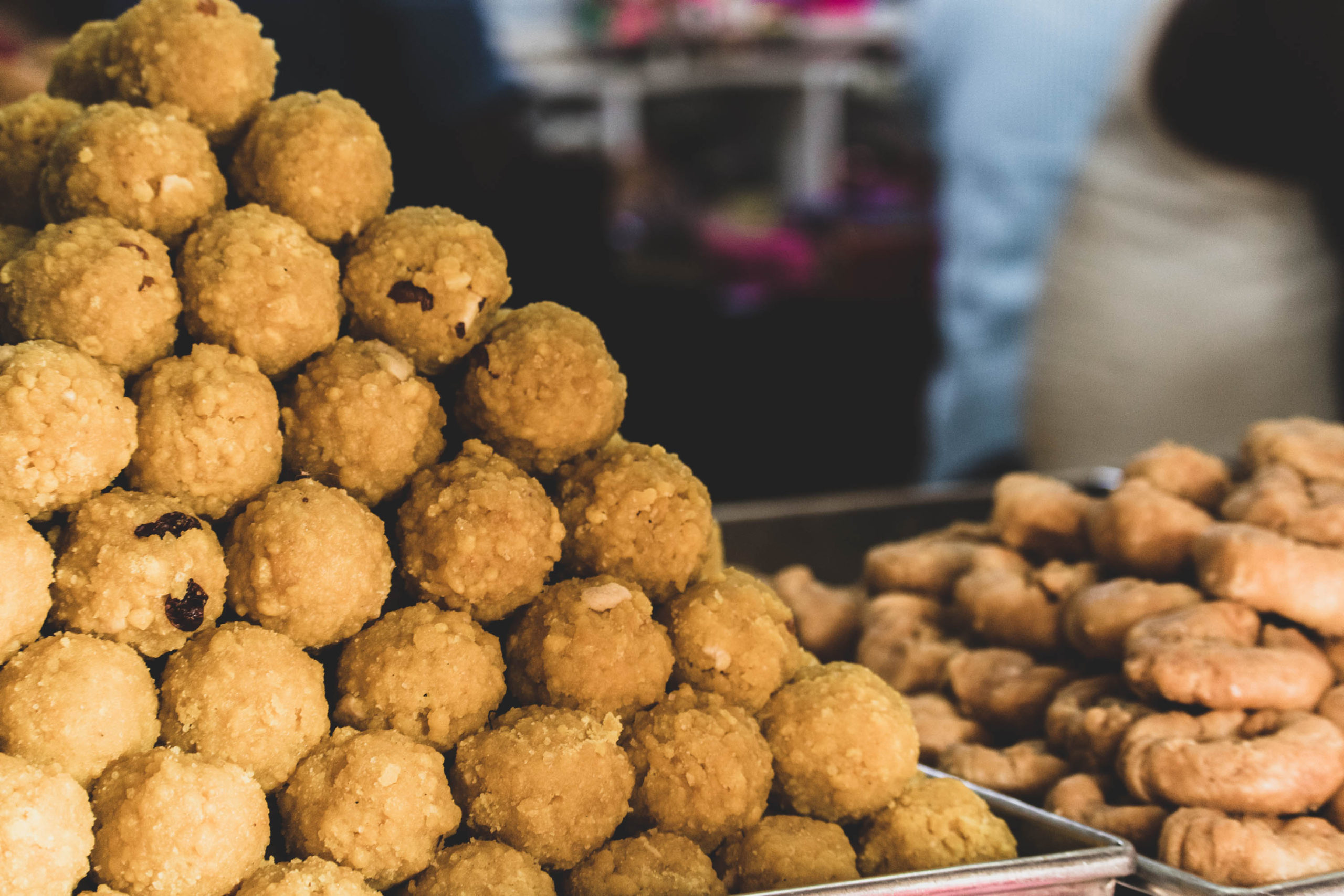



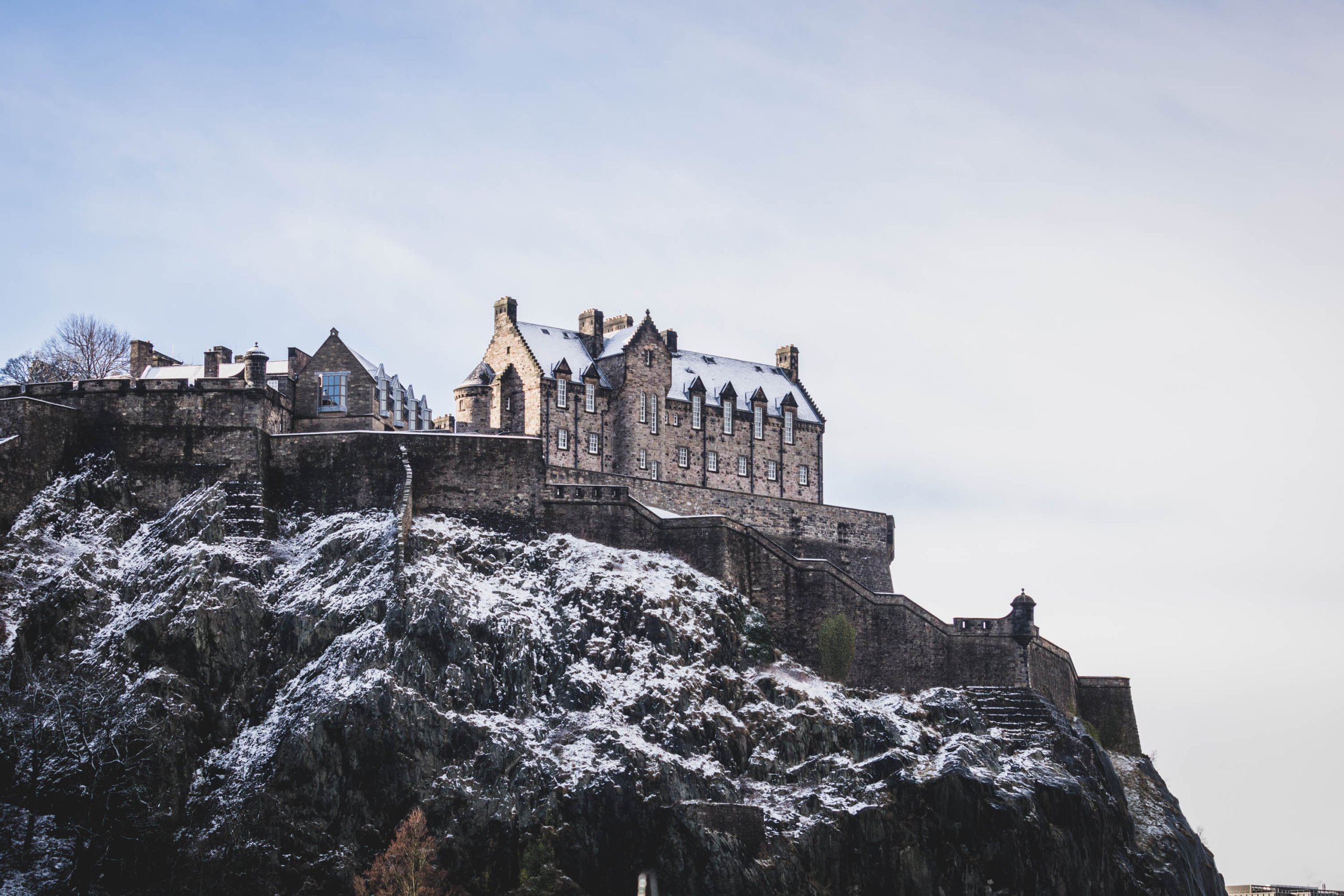
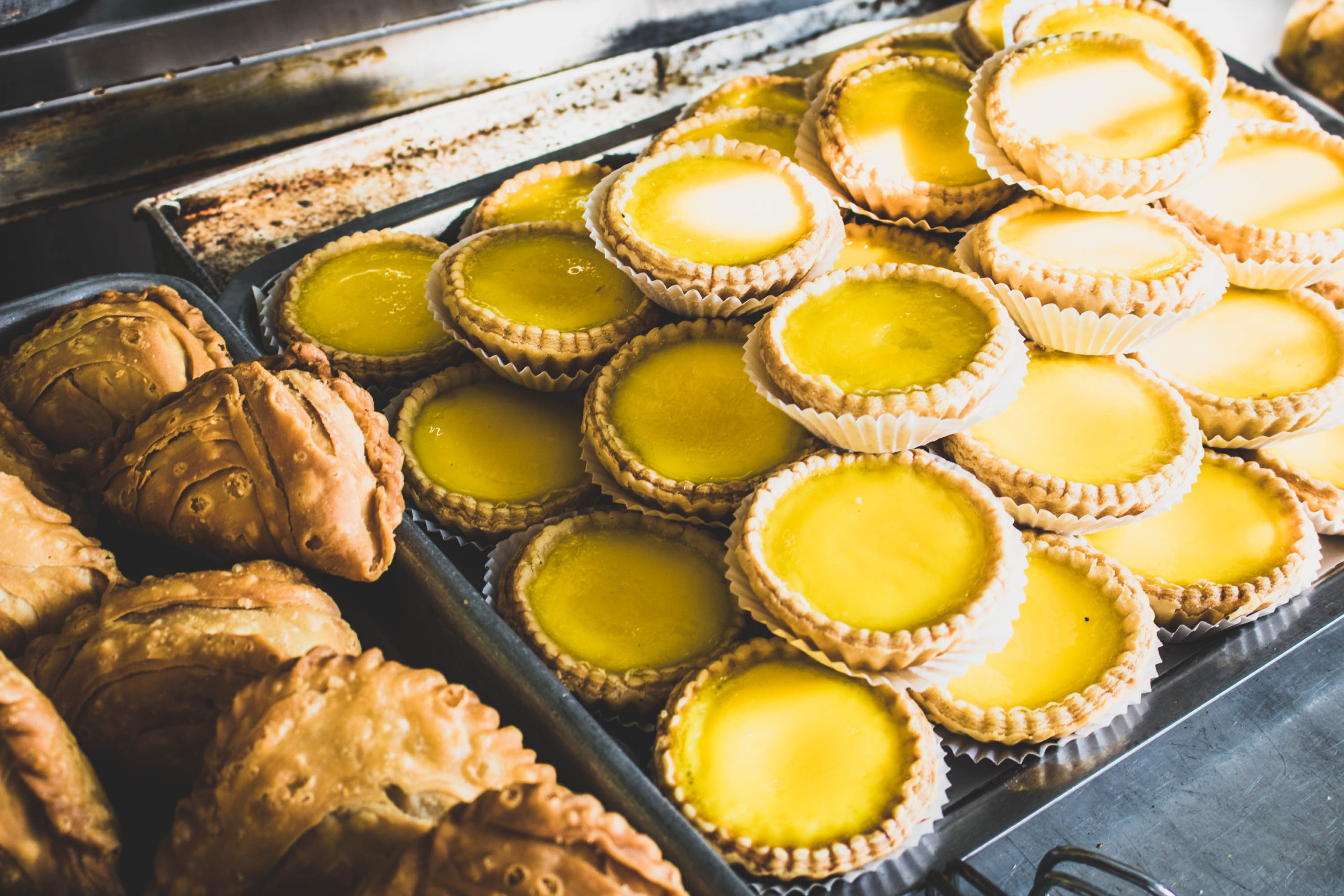

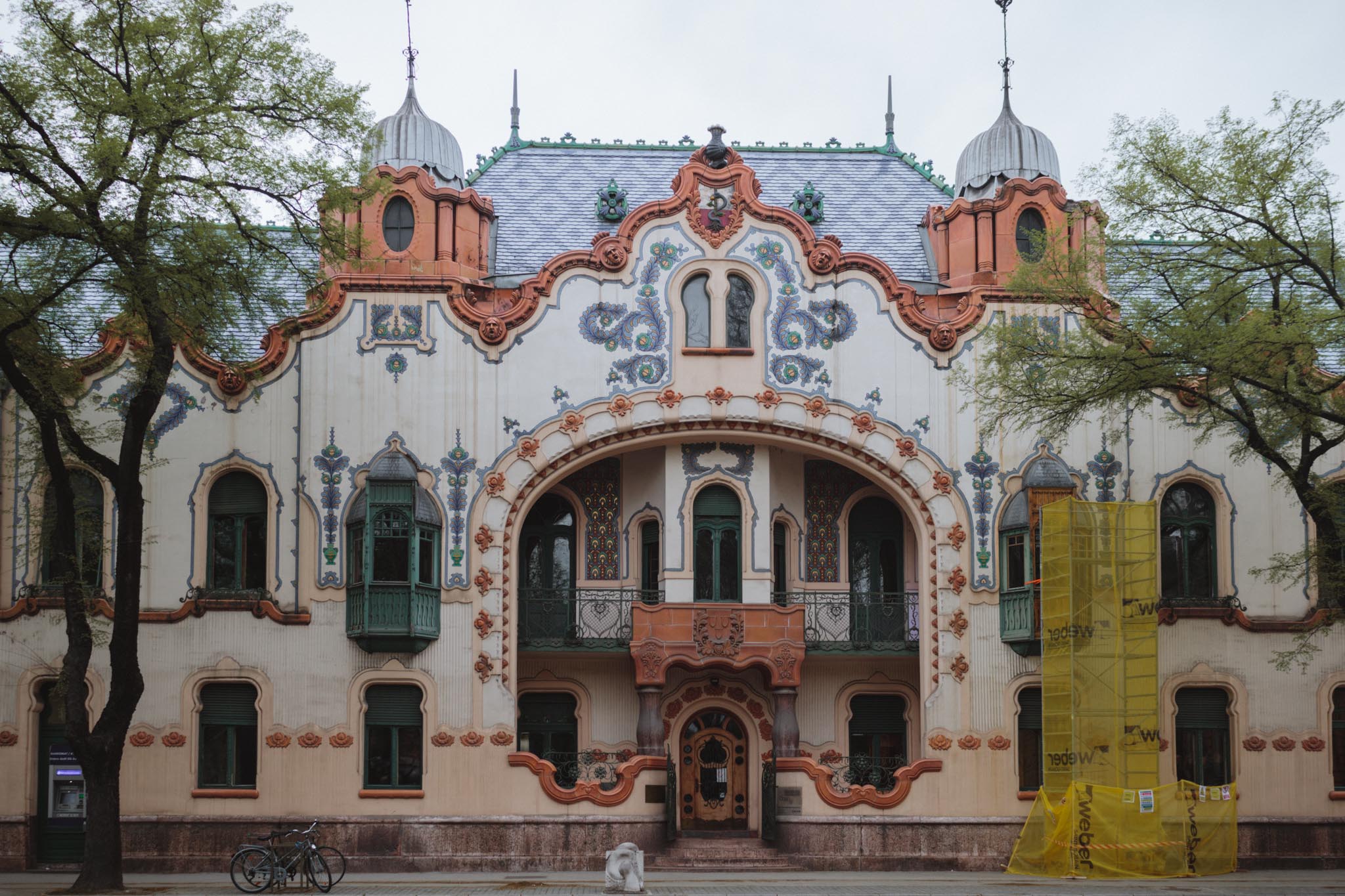

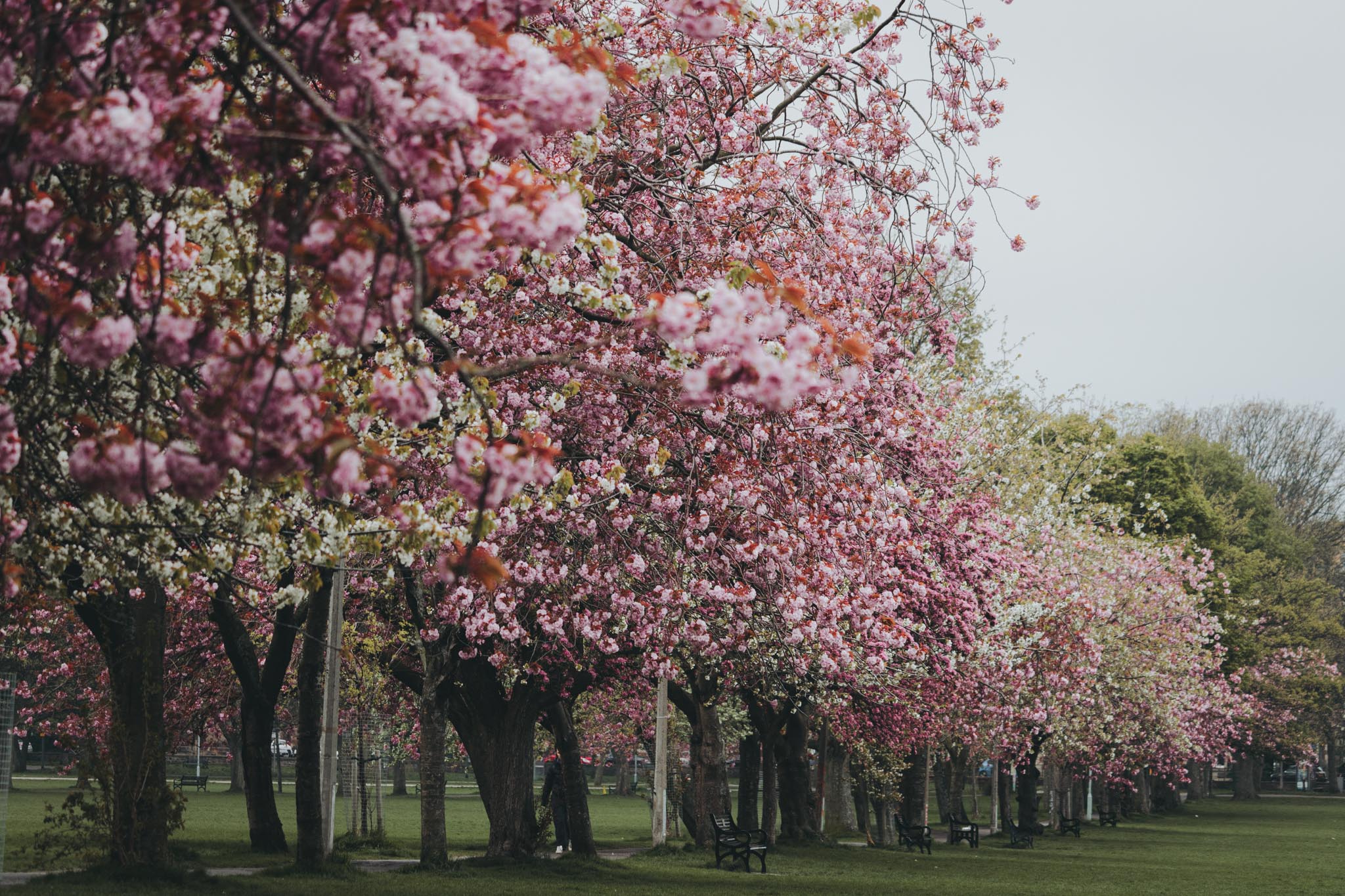
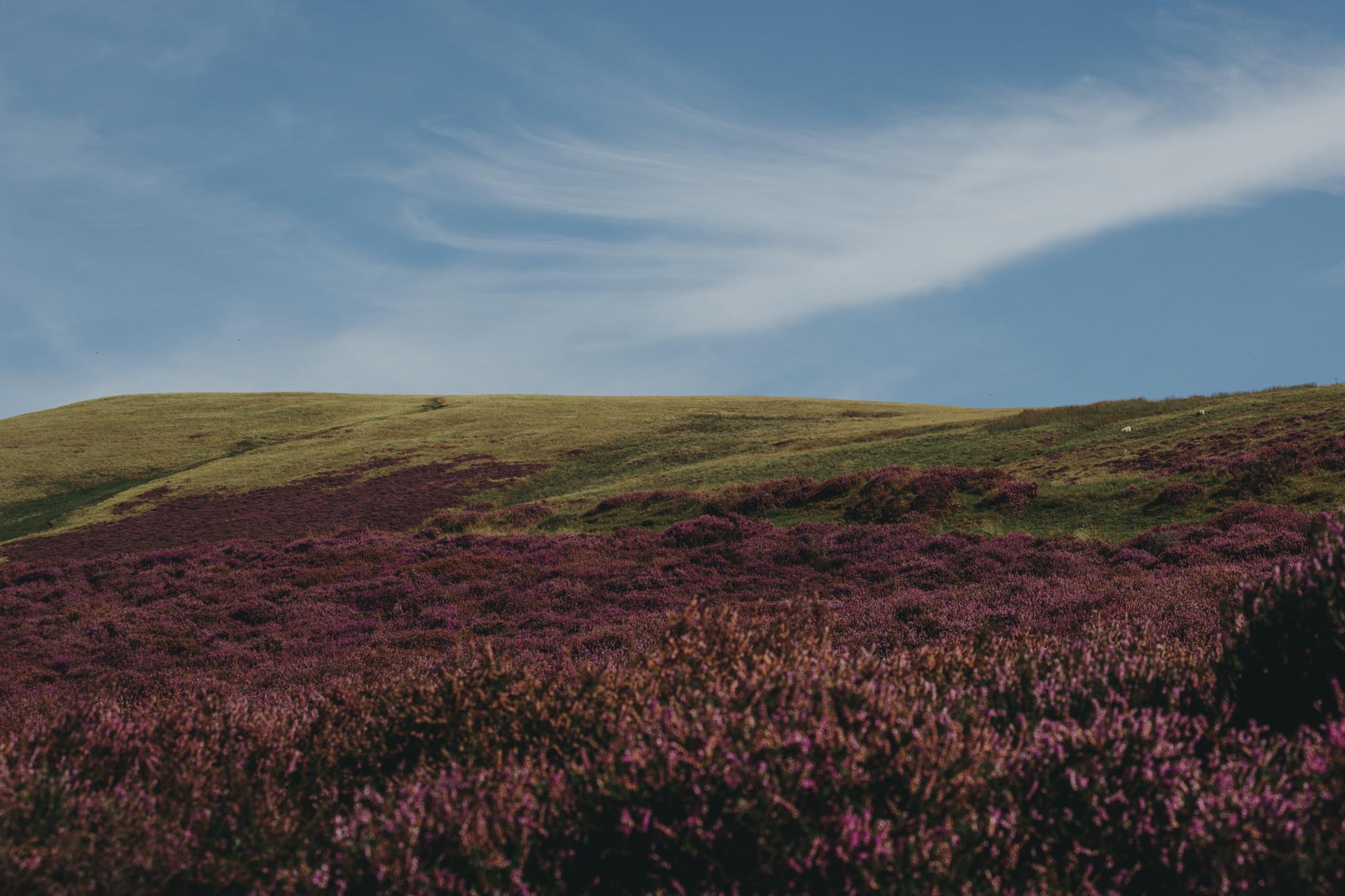
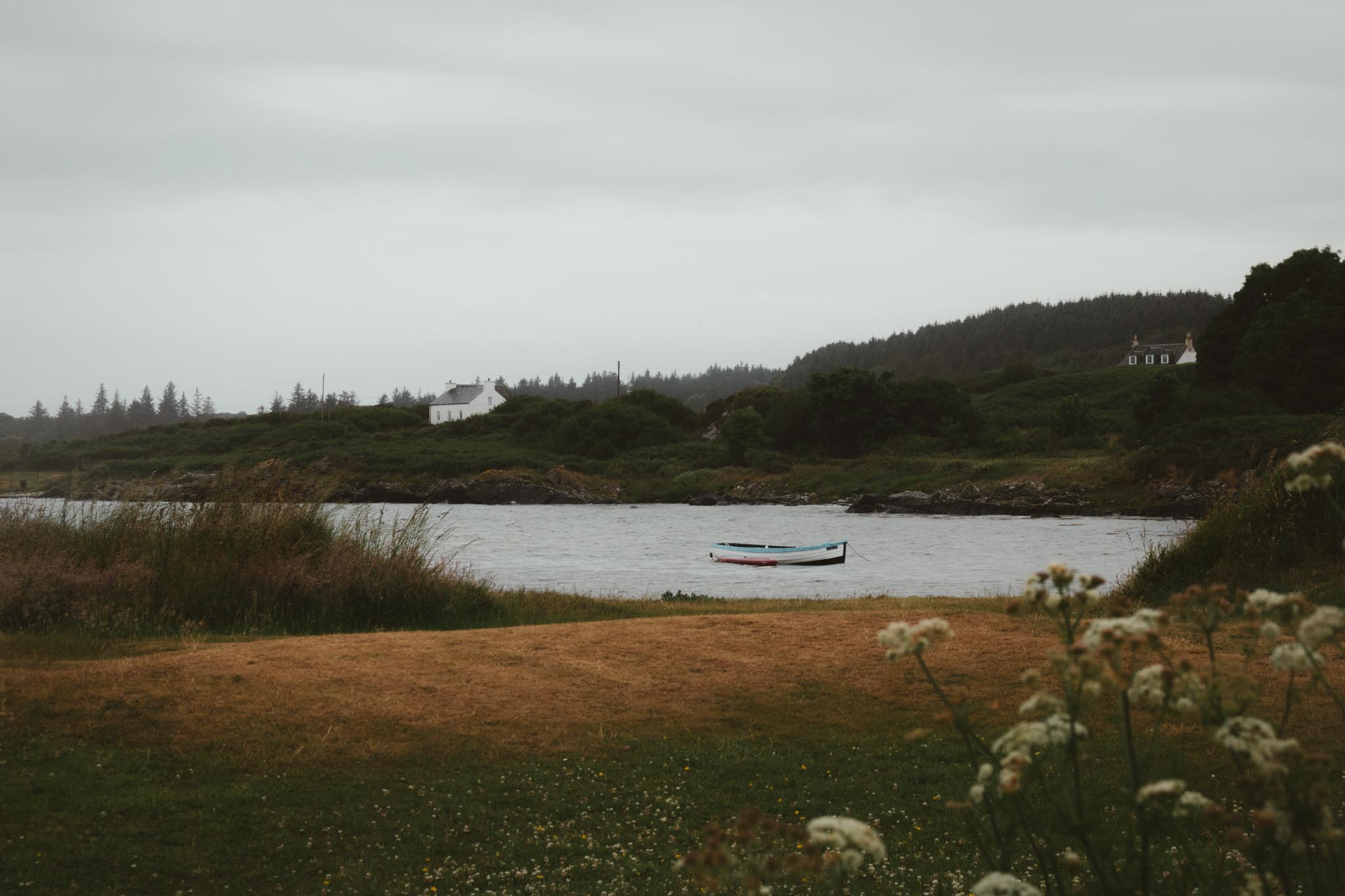
Leave a Reply